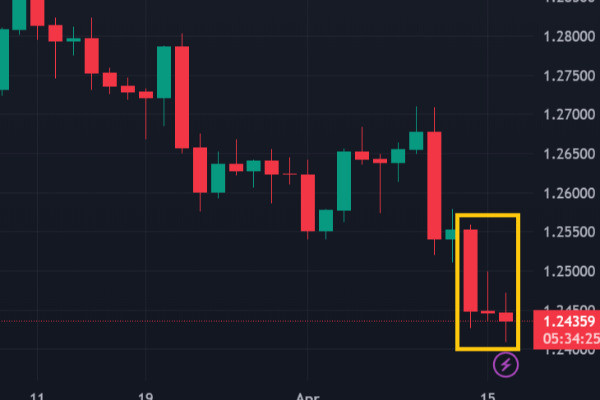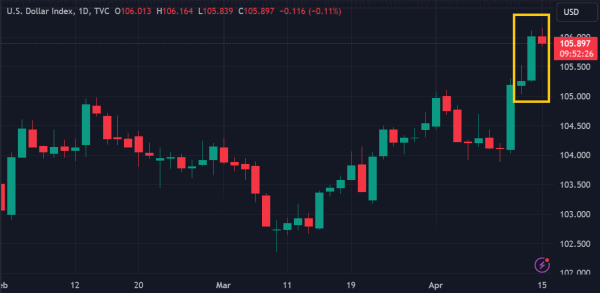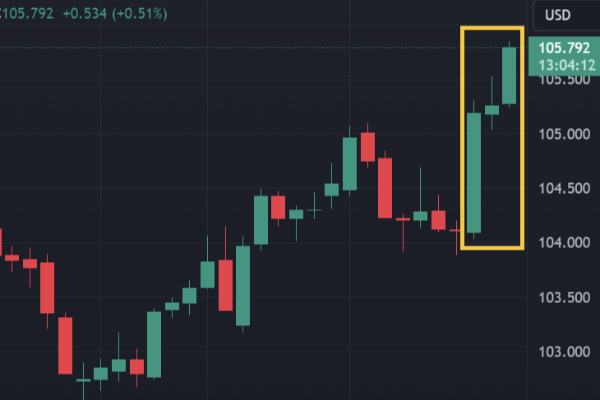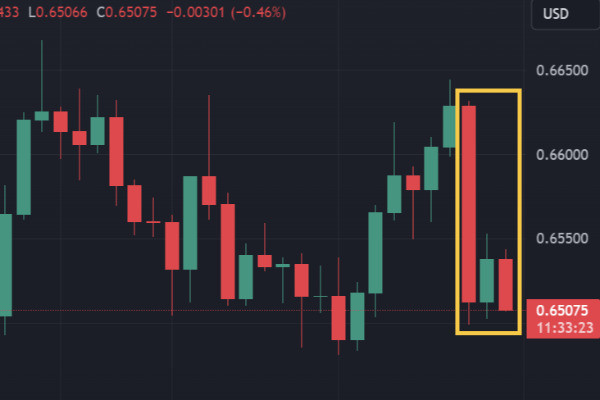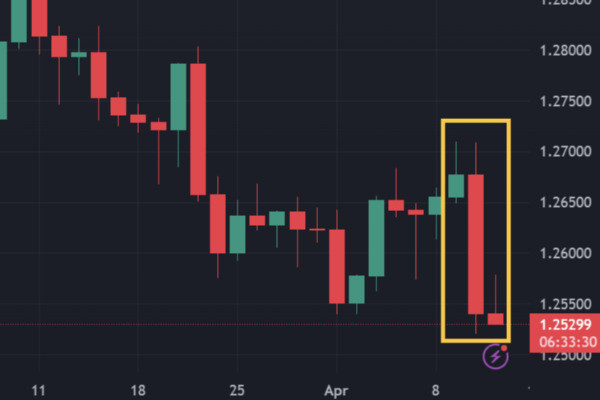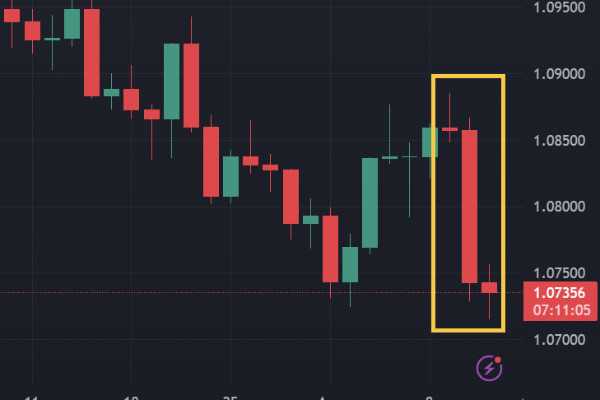The momentum of the Australian dollar's rally is waning, but the release of Australian retail and inflation data this morning is propping up the AUD/USD position.
The AUD/USD pair has strengthened quite rapidly amid the depreciation of the US dollar and the post-pandemic normalization of China's economic activity. The rally's momentum subsided in the middle of this week, but the release of Australian retail and inflation data this morning (11/January) supported the AUD/USD position in the 0.6900s range.
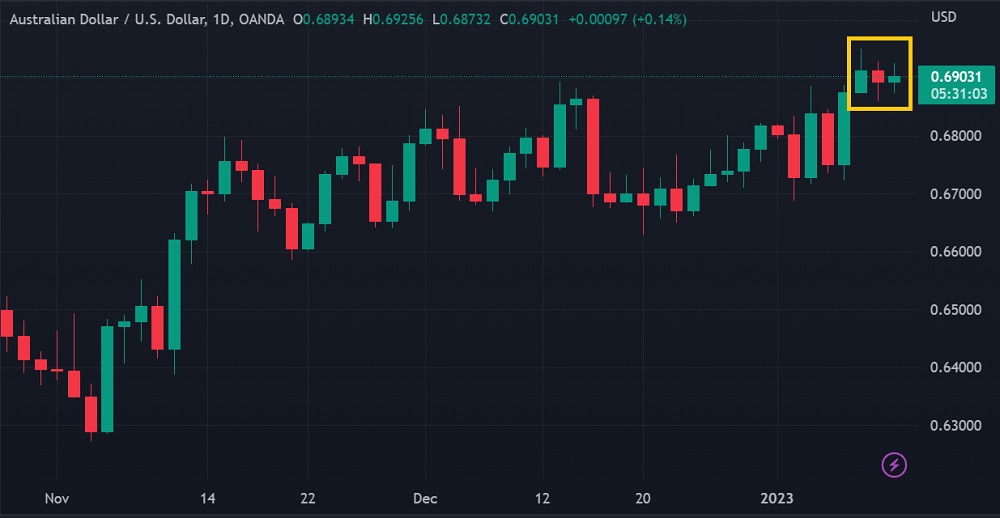
The Australian Bureau of Statistics (ABS) reported that the inflation rate increased by 7.3 percent (Year-on-Year) in the fourth quarter of 2022. The figure was in line with consensus expectations but still higher than the 6.9 percent increase in the previous period.
Retail sales data also grew 1.4 percent (Month-over-Month) in November 2022 or accelerated three times compared to 0.4 percent growth in the previous period. This data also exceeded the consensus estimate, pegged at 0.6 percent.
Both data helped the Australian dollar cement its position as one of the best-performing currencies since New Year's Celebration. The data indicates the need for the Reserve Bank of Australia (RBA) to raise interest rates higher than previously estimated.
The RBA raised interest rates to 3.10 percent last December while expressing intent to slow the rate hike in the future. At that time, most market participants predicted that the RBA would only raise interest rates another 1-2 times until the terminal rate was 3.35% or 3.65% (signifying increases of 25 basis points, respectively, in January and February). But this time, Australian retail sales and inflation data support the projected higher terminal interest rates.
"These data are strong enough to reduce the risk of a halt (RBA rate hike) in February and reinforce our view that the rate peak will be at least 3.85%. We currently estimate (RBA) will not cut rates until the end of 2024," said Adelaide Timbrell, Senior Economist at ANZ Bank.

 Dedicated FREE FOREX VPS
Dedicated FREE FOREX VPS Free FOREX Virtual Private Server
Free FOREX Virtual Private Server MT4 Demo Contest, Get $500
MT4 Demo Contest, Get $500 Sign Up for an Account, Claim 60% Deposit Bonus
Sign Up for an Account, Claim 60% Deposit Bonus Free MT4/MT5 VPS 2024
Free MT4/MT5 VPS 2024 Send E-mail and Get Free Merchandise
Send E-mail and Get Free Merchandise $1K Refer a Friend Bonus for Pepperstone Pro clients
$1K Refer a Friend Bonus for Pepperstone Pro clients Maximize Your Earnings with 100% Deposit bonus
Maximize Your Earnings with 100% Deposit bonus Trade to Win, $5,000 Monthly Demo Contest
Trade to Win, $5,000 Monthly Demo Contest Claim 30% + 15% Deposit Bonus from LiteFinance
Claim 30% + 15% Deposit Bonus from LiteFinance
